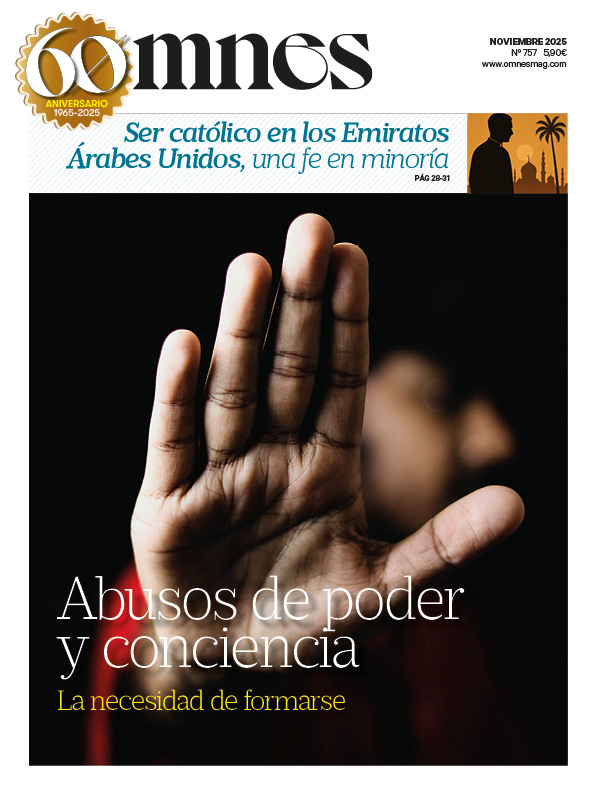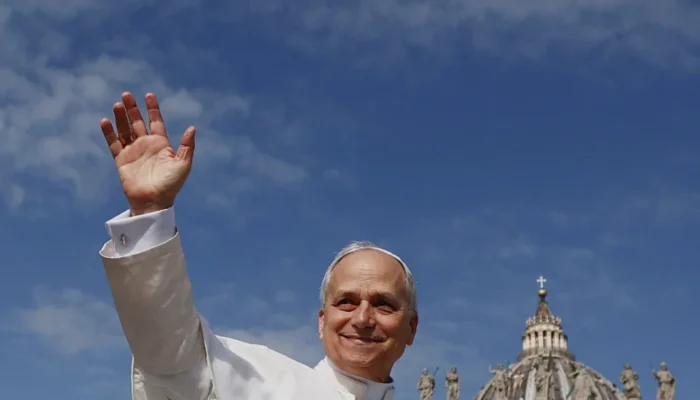In a world where speed, looking at ourselves and not seeing ourselves in depth and where images dominate the rhythm of life, the Observatory of the Invisible appears as an oasis. Founded by artist Javier Viver, this unique space brings together young creators from all over Spain in a week-long coexistence to reconnect with art, with oneself and with the invisible: that which cannot be seen but which transforms.
Musicians, actors, sculptors, poets, painters and filmmakers mingle there. Believers and non-believers. All moved by the intuition that art can open windows to mystery. It is not a week's vacation or a simple technical workshop: it is an experience. Silences, reflections, shared meals, nightly debates, performance exercises, prayer or meditation... Each one from his or her own perspective. But all summoned to look beyond the visible. To observe the invisible.
And in the midst of this group of restless souls, we talked with one of the participants, the actress María Mota. This actress from La Mancha has made the stage her home, spontaneity her trademark and God her guide.
A whirlwind with a vocation
Maria goes through life as if she always had the curtain up. She is 26 years old and has been on stage for almost half her life. She started out in theater groups in Ciudad Real, alternating acting with music, dance and painting classes. "I've always been a bad ass," he says with an infectious laugh. And at 17, when it was time to decide on a career, he had it clear: "I want to empty myself on stage and fill the people who come with emotions and stories, and for a second, forget their problems. "Emptying myself to fill others even for a moment is one of the most valuable things I can offer to others, and my profession can allow that. The audience and the performers generate a communion and it is an act of direct love. We are arrows and targets pointing in the same direction, to move and be moved by the richness of life and its stories".
She trained at the William Layton School in Madrid, and as soon as she left she was selected to play Goya's daughter (Rosario Weiss) at the Fernán Gómez Theater, a play written by José Sanchís Sinisterra. Since then, she has worked for companies such as the Almagro Comedy Courtyard, has performed at the National Dramatic Center, has shot short films, series, video clips and has given theater classes to children and people with disabilities. His energy knows no limits. "I don't stop. I thank God because artistic professions are intermittent but they fill the heart. my life is constant and meaningful". It is the price of dreams.
Faith on stage
Maria is not just any actress. She carries her faith everywhere she goes. "I don't mind at all that people know I'm a Christian. God accompanies me to every project and it's something latent."
"There are roles I've turned down because they don't go with the way I see life. Asking myself what kind of actress I want to be involves generosity and introspection. I'm not interested in sticking to what 'has to be'.
He knows that in show business the "no's" outnumber the "yes's". But she is clear: "The characters that are for me are already written. "God's times are not mine and confidence leads my day to day, without fear and with expectation, so life is elevated to the tenth power. When the word drama or dramatic sounds I smile immediately. It means: able to move and thrill vividly, that's how I feel we should walk through life".
From the fallen staff to providence
Maria came to the Observatory of the Invisible through what she calls a "goddess of goddesses". It was an ordinary Sunday mass in the parish of Santa Cristina, in Puerta del Angel, she heard about Javier Viver's cultural activities for artists and a few months later she ended up at the Observatory. "When I went for the first time, I felt very rarely at home. Artists who believe in God. Sensitive people, healing silences, searching companions. It is a summer camp with its heart set on heaven".
What would you tell a young person who is considering going for the first time? "That it is a break in the routine. A place to rediscover yourself through art. To discover new ways of expressing yourself. That you go with an open heart. Whether you believe in God or not, you are going to experience something transformative".
The fact is that in the Observatory There is also a mystique of silence. "Even if there are a hundred of us, there is space. To be quiet, to contemplate, to be. The silence there is very powerful. It is as if something is beating underneath everything and embraces you without you saying it."
Courage against fear
One of the most striking things when you meet Maria in just a few minutes is that she is a woman who is not afraid. "It's that I believe that not being afraid generates in you a very great state of awareness. Fear should not hold you back. Sometimes you get told no at a casting and it hurts, of course, but that doesn't mean you're not worth it. It means it wasn't the right time."
This confidence comes from afar. From his family, from his character, but above all from his relationship with God. "I have learned that you have to go slowly. That if you trust, you really trust. That what is for you will come. And in the meantime, you serve, you give and you share."
At 26, María Mota already knows what she wants. She does not believe that her goal is fame for being on television. She aspires to be coherent, to touch hearts from the stage, to accompany creative and human processes. To be, as she says, "someone who empties her soul to fill the souls of others".
And if that road takes her to the Invisible Observatory every summer, all the better. Because, as she summarizes: "It's a place that reminds me who I am and what I'm here for".
Observatory 2025
On this occasion, the OI25 will bring together more than 150 artists at the Royal Monastery of El Escorial. From July 21 to 26 they will live this experience that proposes a collective artistic exploration involving music, the body, the word, space and the gaze. The singer Niño de Elche and the theologian Luis Argüello will hold a dialogue on the transcendence of man and the existence of God. The painter Antonio López will also give a master class on fire and art.
There will also be various workshops led by professionals from different artistic guilds:
Niño de Elche | Fuego en la boca Exploration of the voice as a relationship device, between listening, sound art and the corporal history of singing.
Ignacio Yepes | Al calor de las Cantigas Vocal and instrumental approach to the mystic-musical repertoire of Alfonso X, from the monastic context.
Javiera de la Fuente | Canto a lo divino Rhythm, body and memory as an act of flamenco expression that opens to the sacred.
José Mateos | Writing poetry to be poetry Reading and writing as a way of transformation and revelation, in the present of the poem.
The Cousin of Saint Tropez and Raul Marcos : The three ways of mysticism Theater as a practice of overflow: writing in action through the purgative, illuminative and univa ways.
Miguel Coronado : The idea of beauty as a stimulus for painting Painting as a way of interpreting the world from beauty as an initial impulse.
José Castiella : Painting and re-enchantment Pictorial immersion in the accident, the matter and the mixture of referents as access to astonishment.
Rosell Meseguer | From flame to photon Analog and experimental photographic techniques, from cyanotype to printing on metal or plastic.
Matilde Olivera | Subtleties of volume Sculptural practice of relief as a means of expression of the imperceptible.
Alicia Ventura | Curatorial Practices in the 21st Century A critical look at the new territories of curatorship: from the museum to the living space, from the object to the gesture.








